Scientific inventions on this day in history
1.AbioCor
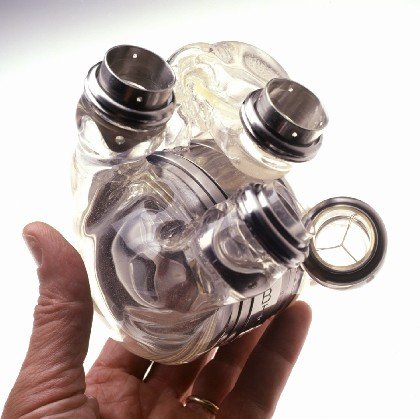
In 2001, doctors at Jewish Hospital in Louisville, Ky., implanted the first self-contained, mechanical heart replacement into 59-year-old Robert Tools. The device, called the AbioCor, was battery powered and the size of a softball. Tools died almost five months later from multiple organ failure.
2.Vacuum-cast steel

In 1957, the first vacuum-cast steel made in the U.S. was a 93,900-pound ingot, 78 inches in diameter. During the production process, the gases were entrapped by vacuum-stream degassing equipment (designed by the F.J. Stokes Corporation, Philadelphia, Penn.) The ingot was poured by the Bethlehem Steel Corporation, Bethlehem, Penn. Vacuum-cast steel can be made using either an electric or an open-hearth furnace to melt the metal.
3.Radioactivity production patent
In 1940, a U.S. patent was issued to Enrico Fermi et al., for a process of producing radioactive substances (No. 2,206,634).
4.pontoon bridge*
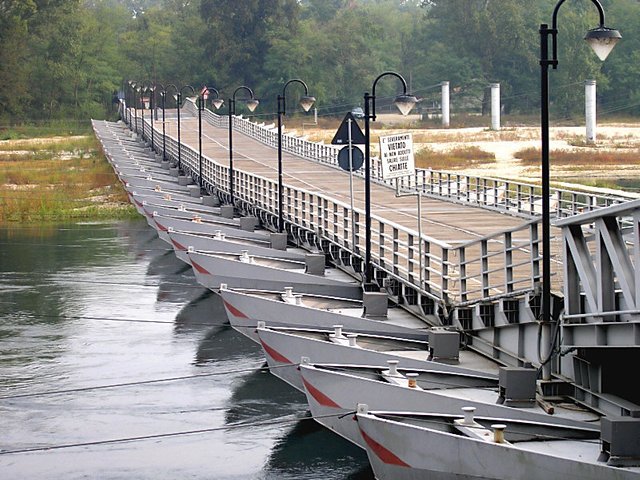
In 1940, the first pontoon bridge of reinforced concrete in the U.S. was dedicated watched by a crowd of 2,000. Construction on the Lake Washington Floating Bridge, Seattle, Wash., had begun on 29 Dec 1938. Its total length of 34,021 feet included 25 pontoons bolted together, each having two or more 65-ton anchors making a 6,620-foot floating span attached to fixed approach spans. When Homer M. Hadley had first presented the idea of a floating concrete bridge spanning Lake Washington, people were dubious. But from his experience working in a shipyard during World War I, Hadley knew that concrete could be made to float. Building a floating bridge would be easier than trying to place piers in water 200 feet deep, with another 100 feet of soft clay on the lake bottom. The four-lane concrete highway bridge was anchored with steel cables to resist wind and waves, and hydraulic jacks to let out or take up the slack. It was the first floating draw span in the world, with a 200-foot section designed to allow vessels to pass through. Two 75-horsepower motors were used to open the span in 90 seconds. Fifty years after it was built, water from a heavy rainstorm filled the pontoons and the floating bridge sank into Lake Washington on 25 Nov 1990.
5.Water skis
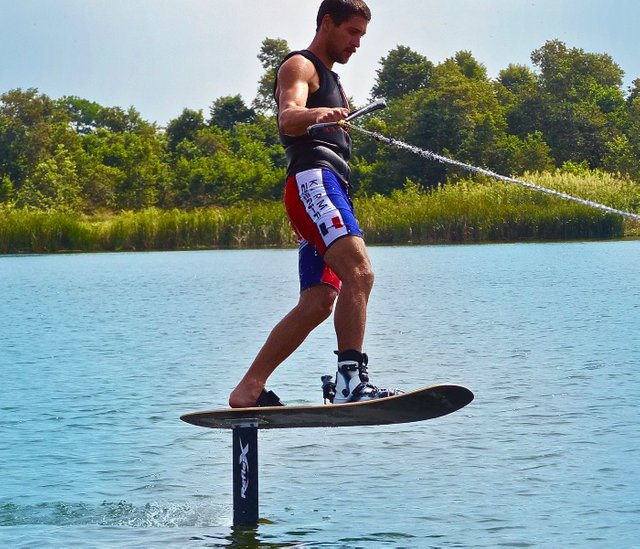
In 1922, a day before his 19th birthday, Ralph W. Samuelson became the first person to ride on water skis he had made as they are used today at Lake Pepin, Minnesota. He had tried a few days earlier with barrel staves and snow skis, with no real success. This day, he used two boards, eight feet long and nine inches wide, with curved tips. He had boiled the tips in his mother's copper kettle and using clamps and braces he curved the tips of the boards and let them set for two days. Binders made from scrap leather held the skis to his feet. Ben, his older brother towed him behind his work launch, which was powered by a converted Saxon truck engine (top speed 14 knots) with a 100-foot sash cord and iron ring as a tow line.
6.First Zeppelin flight
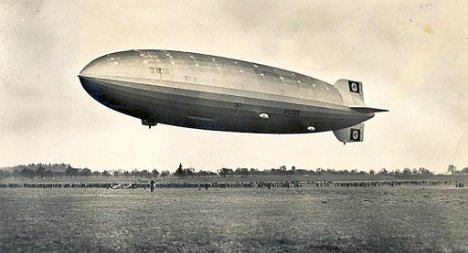
Thumbnail - First Zeppelin flight
(source)
In 1900, the first directed flight of a Zeppelin was made in Germany. LZ-1 was the first rigid airship to use a large internal metal frame containing multiple cells of hydrogen gas balloons. Its overall shape was a long uniform cylinder with rounded ends and 416 feet (120m) overall length. Named after its inventor, Ferdinand Graf von Zeppelin, it flew for about 18 minutes above the Bodensee (Lake Constance) near Friedrichshafen, Germany, powered by two Daimler internal combustion engines. The flight was cut short by technical difficulties. The next attempt was three months later, on 17 Oct. Its floating shed was used to assist launching by being aligned with the wind. Zeppelins built later made many commercial passenger flights.
7.Elevated railroad
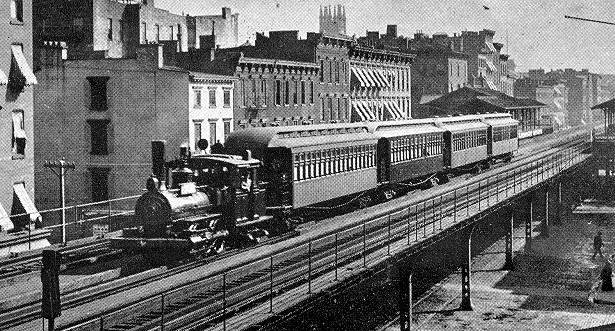
In 1867, the first elevated railroad in the U.S. opened for traffic in New York City. The first half-mile test section was built by Charles T. Harvey on single columns. It ran along the curb line of Greenwich Street, between Battery Place and Dey Street. The cars travelled at speeds up to 15 mph. Although the line was unsuccessful and sold at a sheriff's sale, it was reorganized on 14 Feb 1870, and placed in operation with steam power. The new service was extended north to the New York Central Railroad Passenger station at 29th Street and Ninth Avenue.
8.Gas mask
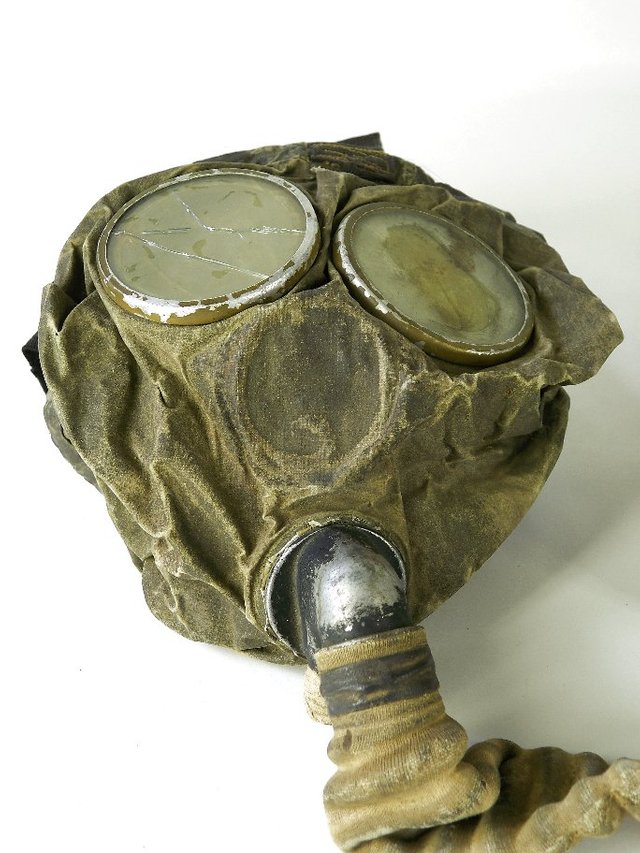
In 1850, the first U.S. patent No. 7,476 for a gas mask with a self-contained breathing apparatus was issued to Benjamin J. Lane of Cambridge, Mass. for a "respiring apparatus." (The first U.S. patent for an "inhaler or lung protector" resembling a gas mask of the modern type was awarded to Lewis Phectic Haslett of Louisville, Ky., on 12 Jun 1849. It had a filter of woolen fabric or other porous substance to purify the air and remove dust.)
upvote for me please? https://steemit.com/news/@bible.com/2sysip